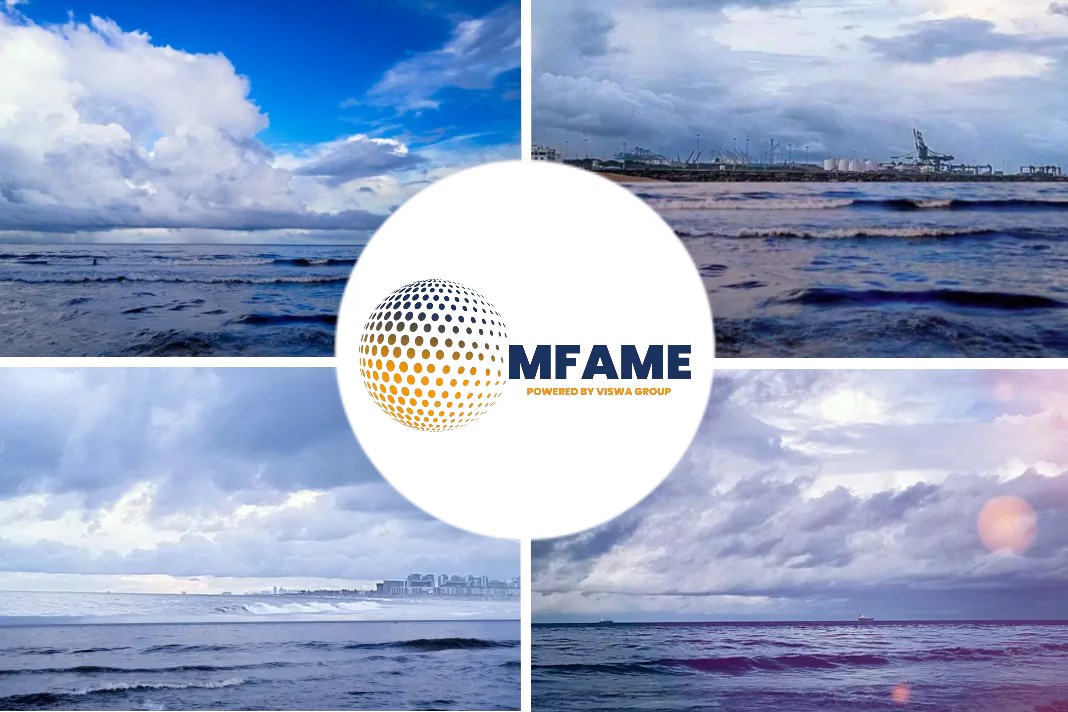The ClarkSea cross-segment index came within 1% of its all-time record during the first six months of the year, says an article published in SeatradeMaritimeNews.
Market above trend
At $38,844 per day, it was less than $300 off the all-time high of $39,129, achieved in the first-half of 2008.
The index was 7% higher than in the second-half 2021 and 157% more than the ten-year average, Clarkson Research has revealed. The container sector may have skewed the numbers to some extent but the firm notes that nearly all markets are well above trend.
Bulkers have eased back since the second half of last year but still logged their second-best half since 2008. Tankers were boosted by strong product carrier earnings but held back by VLCCs where rates averaged $25,698 per day over the first half, following three consecutive quarters at below $10,000.
Meanwhile, car carriers have hit all-time highs and LNG term rates are above trend. Even the offshore sector is showing positive signs, with better utilisation and higher day rates.
Downward seaborne trade
Despite the positives, Clarkson has revised downwards its projected seaborne trade growth for this year – from 12.4bn to 12.2bn tonnes. War-related changes to trading patterns have altered the tonne-mile picture, the firm noted, with changing trade patterns in both European imports and Russian exports. Meanwhile, continuing congestion and a complex sanctions setup is creating further inefficiencies.
There are significant variations in the orderbook, with both tankers (5% of existing fleet) and bulkers (7%) below average. At the other end of the scale, LNG carriers on order represent 40% of today’s fleet, with 94 new ships costing almost $20bn ordered in the first half; container ship orders now equate to 28% of current fleet capacity.
Strong rates put the brakes on recycling, according to Clarkson, despite some of the highest prices available at time over the first six months at Indian subcontinent yards. Describing demolition activity as ‘weak’, the firm logged just 8m dwt of sales over the first half, the second lowest figure since 2008.
Looming uncertainties ahead
There are plenty of uncertainties ahead, however. The ‘green transition’ is well under way, with no less than 61% of contracts signed in the first half for alternative-fuelled vessels. However, new carbon efficiency measures are just around the corner, with EEXI, CII, and the the European Union’s Emissions Trading Scheme less than six months away.
Meanwhile, the flurry of activity around LNG projects and an upturn in oil and gas activity demonstrate how energy security has moved rapidly up the agenda. There may be strong cashflow in most segments, Clarkson concluded, but there are also plenty of uncertainties to ponder.
Did you subscribe to our daily Newsletter?
It’s Free! Click here to Subscribe
Source: SeatradeMaritimeNews























